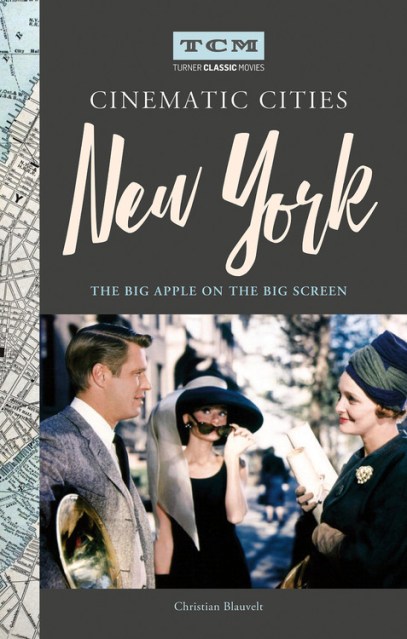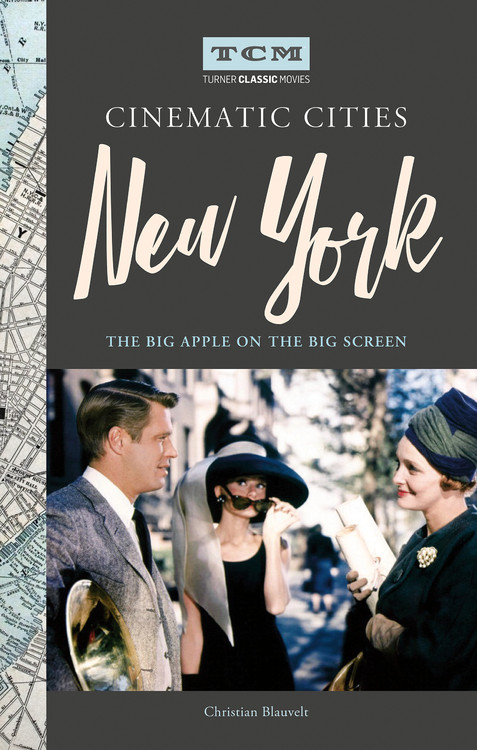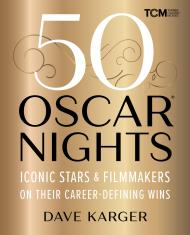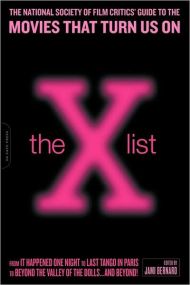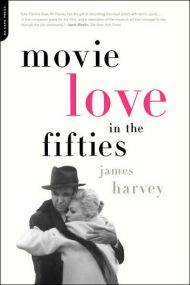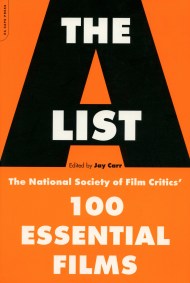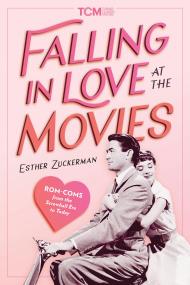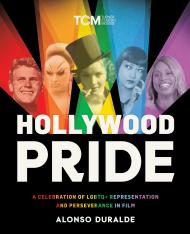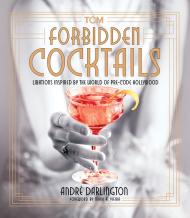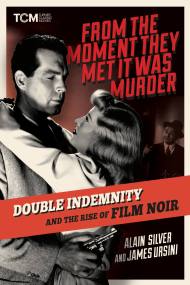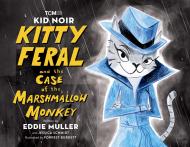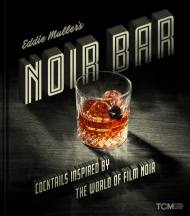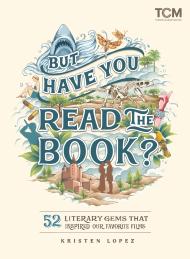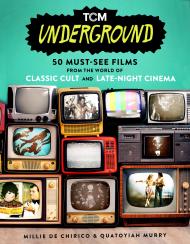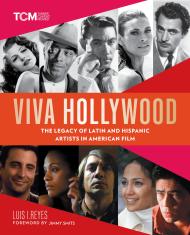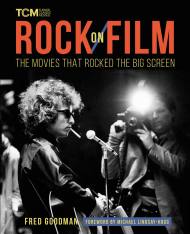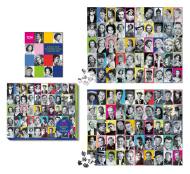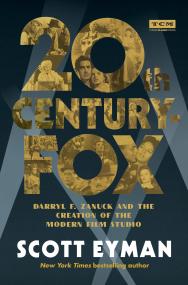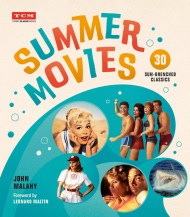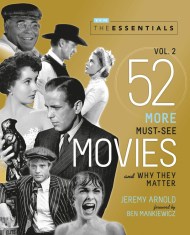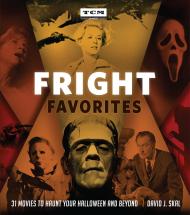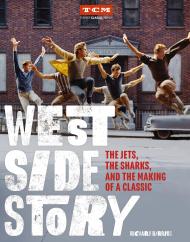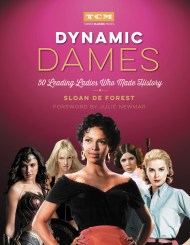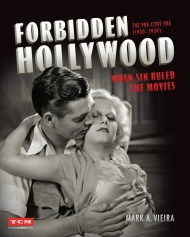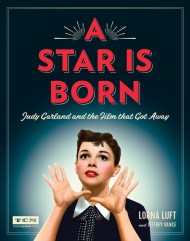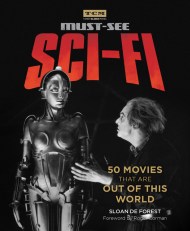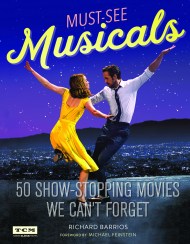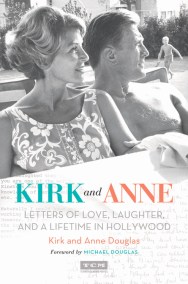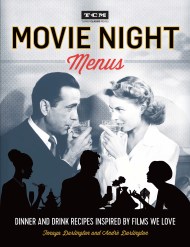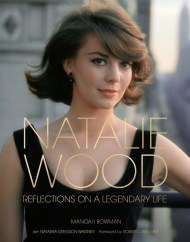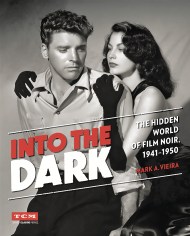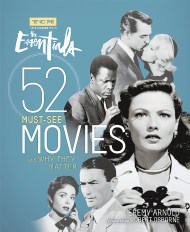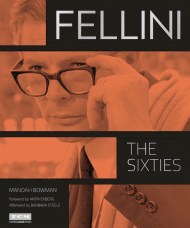Promotion
Use code MOM24 for 20% off site wide + free shipping over $45
Turner Classic Movies Cinematic Cities: New York
The Big Apple on the Big Screen
Contributors
By Turner Classic Movies
Formats and Prices
Price
$20.00Price
$26.00 CADFormat
Format:
- Hardcover $20.00 $26.00 CAD
- ebook $12.99 $16.99 CAD
This item is a preorder. Your payment method will be charged immediately, and the product is expected to ship on or around November 5, 2019. This date is subject to change due to shipping delays beyond our control.
Also available from:
For armchair travelers, film buffs, tourists, and city dwellers alike, Turner Classic Moviestakes you on a one-of-a-kind tour of the cinematic sites of New York City.
Highlighting the great films set in the Big Apple since the dawn of cinema to the present, Cinematic Cities: New York City is both a trove of information including behind-the-scenes stories and trivia, and a practical guide full of tips on where to go, eat, drink, shop, and sleep to follow along the path of your favorite films set in NYC. Organized by neighborhood and featuring photographs and illustrated maps throughout, this is a love letter to the city and a one-of-a-kind history of the movies.
Featured films and locations include The Godfather, The Seven Year Itch, King Kong, North by Northwest, On the Town, West Side Story, When Harry Met Sally, the films of Woody Allen, and scores of others.
Highlighting the great films set in the Big Apple since the dawn of cinema to the present, Cinematic Cities: New York City is both a trove of information including behind-the-scenes stories and trivia, and a practical guide full of tips on where to go, eat, drink, shop, and sleep to follow along the path of your favorite films set in NYC. Organized by neighborhood and featuring photographs and illustrated maps throughout, this is a love letter to the city and a one-of-a-kind history of the movies.
Featured films and locations include The Godfather, The Seven Year Itch, King Kong, North by Northwest, On the Town, West Side Story, When Harry Met Sally, the films of Woody Allen, and scores of others.
Genre:
- On Sale
- Nov 5, 2019
- Page Count
- 176 pages
- Publisher
- Running Press
- ISBN-13
- 9780762495436
Newsletter Signup
By clicking ‘Sign Up,’ I acknowledge that I have read and agree to Hachette Book Group’s Privacy Policy and Terms of Use
